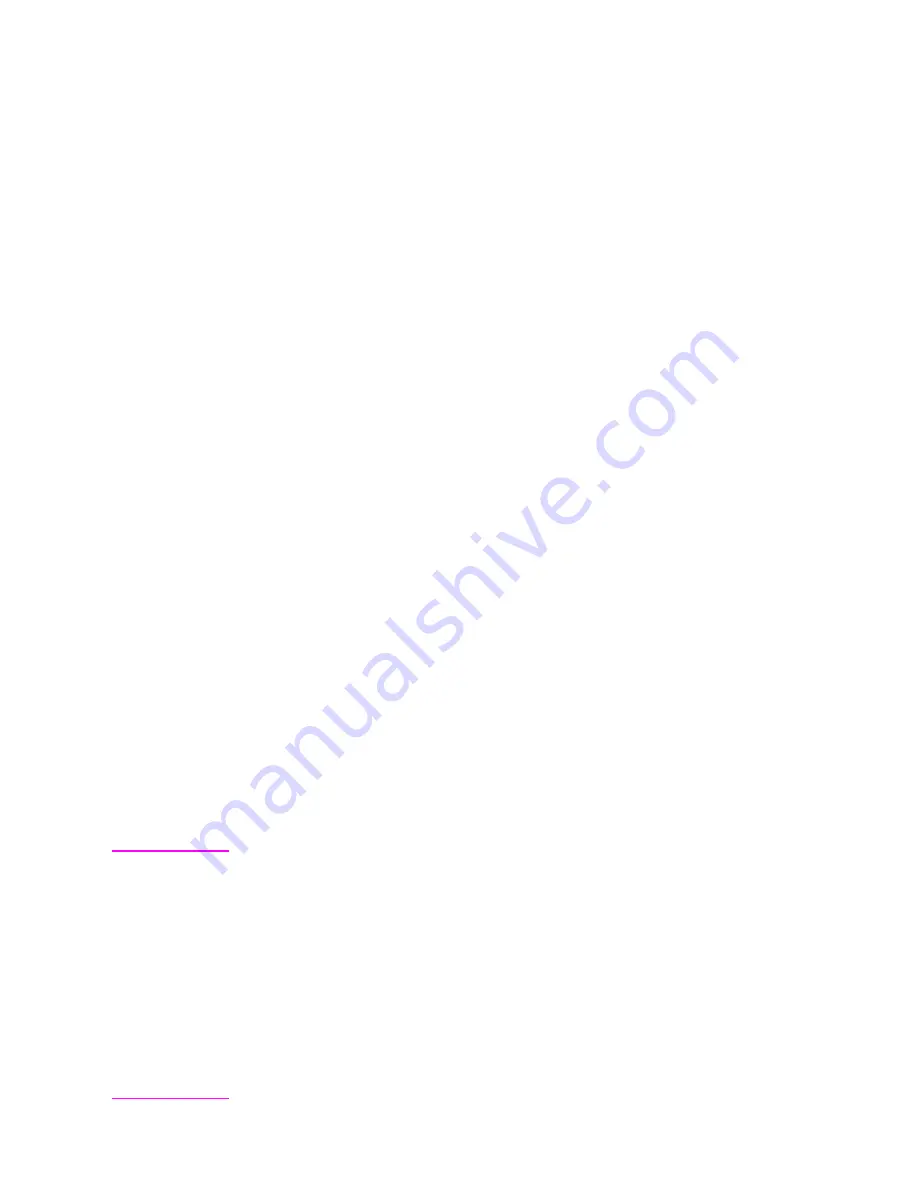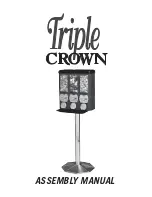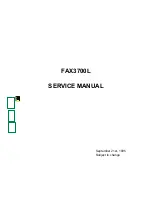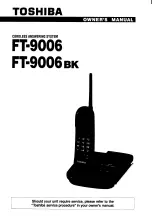
EN
Entity Status Responses 16-15
Font Extended Response
The font extended response (inquire entity value field 4) provides a
way to return the name and internal ID number of the font, as well
as the “SELECT=” line. It is the same as a font status response
(inquire entity value field 1), in that “SELECT=,” “SYMBOLSETS=,”
“LOCTYPE=,” and “LOCUNIT=” are returned in the same manner.
They are not re-described here; refer to the “Font Response” section
for a description of their operation. However, for a font extended
request, two additional keywords, “DEFID=” and “NAME=” are
returned as described below.
“DEFID=” identifies the font’s internal ID number. This is the number
which appears on the font printout. It is the number used to select the
font as the default font from either the printer’s control panel or from
PJL (refer to the Printer Job Language Technical Reference Manual
for information on PJL font selection). The “DEFID=” number consists
of two parts, a location and an ID number, such as “I 21,” where “I” is
the location and “21” is the font’s internal ID number. The possible
locations are listed below:
Note
The cartridge (Cn) and SIMMs (Mn) location identifiers are printer
specific. Refer to Chapter 1 of the PCL 5 Comparison Guide for
printer-specific values for “n.”
Since temporary soft fonts do not have an internal ID number (they
cannot be selected as the default from the control panel or PJL),
NONE is returned as their “DEFID=NONE”.
The font’s internal ID number is assigned to fonts by the printer. This
number is different than the soft font download ID number assigned to
a downloaded font using the Font ID (
E
C
*c#D
) command.
Table 16-5
I
- Internal
C
-
Cartridge - single cartridge printers
Cn
-
Cartridge - multiple cartridge printers where n is
printer specific
S
-
Permanent soft fonts
Mn
-
SIMMs where n is the number of the SIMM slot
for example: M2 is SIMM in #2 slot.
NONE
-
Temporary soft fonts
Summary of Contents for LaserJet 4100
Page 1: ...Part I Click here to access Part II on hp com ...
Page 2: ......
Page 26: ...Contents 14 EN ...
Page 44: ...2 10 The Page EN ...
Page 54: ...3 10 The Print Environment EN ...
Page 70: ...4 16 PCL Job Control Commands EN ...
Page 80: ...5 10 Page Control Commands EN Figure 5 3 Changing Print Direction on a Page ...
Page 82: ...5 12 Page Control Commands EN Figure 5 4 Text Area Within the Page ...
Page 110: ...6 16 Cursor Positioning EN ...
Page 120: ...7 10 Fonts EN Figure 7 11 Bitmap Character Figure 7 12 Scalable Character ...
Page 122: ...7 12 Fonts EN ...
Page 152: ...8 30 PCL Font Selection EN ...
Page 166: ...9 14 Font Management EN ...
Page 182: ...10 16 User Defined Symbol Sets EN ...
Page 237: ...EN Character Descriptor Formats 11 55 Figure 11 5 Class 2 Character Data ...
Page 240: ...11 58 Soft Font Creation EN Figure 11 6 Portrait Character Example ...
Page 241: ...EN Character Descriptor Formats 11 59 Figure 11 7 Landscape Character Example ...
Page 270: ...13 4 The PCL Print Model EN Figure 13 3 Effect of Transparency Modes on Images ...
Page 276: ...13 10 The PCL Print Model EN Figure 13 4 Shading Patterns ...
Page 277: ...EN Pattern ID Area Fill ID Command 13 11 Figure 13 5 Cross Hatch Patterns ...
Page 290: ...13 24 The PCL Print Model EN ...
Page 297: ...EN Pattern ID Area Fill ID Command 14 7 Figure 14 1 Shading Patterns ...
Page 298: ...14 8 PCL Rectangular Area Fill Graphics EN Figure 14 2 Cross hatch Patterns ...
Page 341: ...EN Raster Graphics Example 15 33 Figure 15 11Example of Raster Graphic Image Data ...
Page 342: ...15 34 Raster Graphics EN ...
Page 370: ...16 28 Status Readback EN ...














































